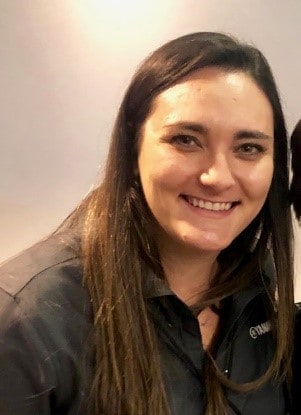Break Through Value Based Payments
Risk Capitation Pros and Cons
The VBP Blog
So, in preparing for our 8th installment of our blog series, it’s become evident that there’s a whole lot more than 10 portions of the topic to cover. The progress through the Value Based Payments journey has many more steps and stepping stones than the initial view most of us have. In the past two weeks, I had the opportunity to talk with a number of providers about an alternative payment structure and I found myself breaking down the process from alternative payments to shared savings into potentially 15 or more steps.
As you read on…. Consider our Advocate’s Perspective and join us in making sure that our consumers’ and patients’ health and wellbeing continue to be the focus of why we look for efficiency in our healthcare delivery systems.

Accountable Care Organizations
In 2018, 561 Accountable Care Organizations (ACO’s) participated in the Medicare Shared Savings Program (MSSP) covering 10.5 million Medicare beneficiaries. ACO’s, as defined by CMS.com, are made up of groups of doctors, hospitals, and health care providers who come together to provide high-quality care to their Medicare patients.] Shared savings is quickly becoming a popular form of value-based-payment through ACO’s because the risk is low and it is an easy transition from a fee-for-service model.
Shared savings focuses on spending reductions that provide savings for all groups involved. If those within an ACO achieve certain quality standards it is eligible to retain some or all of the savings generated. Today, the ACO may have limited exposure to being penalized for budget-related misses. We are seeing many physicians and hospitals try this model simply because there is little to no financial downside since Medicare is absorbing the differences. In 2016, Leavitt Partners found 61% of ACO contracts contained a shared savings agreement.
Medicare Managed Savings Program
The Medicare Managed Savings Program (MSSP), run by the Centers for Medicare and Medicaid Services (CMS), has been pivotal in the growth of this model. The MSSP is defined into 4 tracks, allowing different levels of risk to ACO’s depending on how comfortable they are giving up the fee-for-service (FFS) model and offering different levels of rewards (see above.) This program has shown success. In 2016, the aggregate quality score was 93.4%, up from 91% the previous year. The ACO’s are feeling the positives as well, with 56% saving relative to their targets and 31% receiving shared savings bonuses.
Every model has its hurdles to overcome, and shared savings largest has its complexity. With the mix of different types of groups (physicians, hospitals, etc.) and different levels of care (primary doctor, emergencies, etc.) the benchmarks can get complicated quickly. MSSP benchmarks have been adjusted to help the program along, including increasing participating. Also, it is important to make sure total cost of care (TCoC) is being monitored to not become overly inflated so ACO’s actually need to make changes, and can’t just skate along as they do now.
Advocate’s Perspective:
As with all value-based models, the goal of the shared savings model aims to provide higher care and a reduced cost. States are continuing to take steps towards value-based care through innovative payment structures such as shared savings. As programs such as the Blue Premier program grow, we will start to see hard results on how successful these programs truly are. As a consumer, I would like to see the savings being at least partially dedicated to increased access to care, increased services, and a tangible manner to see quality of life measure embedded into the allocation of savings!
I want to close by acknowledging my amazing researcher and co-author, Mandy Sahhar, who continuously challenges me with her commitment and dedication.
Onward!
Fady Sahhar
This blog is part of a 10-part series called “Break Through Value Based Payments”. Our goal is to share with you the ins and outs of VBP and what to expect in the near future. While focusing on the facts, we will always stand up for consumers and do our utmost to share an advocate’s perspective.

About the Author
Fady Sahhar brings over 30 years of senior management experience working with major multinational companies including Sara Lee, Mobil Oil, Tenneco Packaging, Pactiv, Progressive Insurance, Transitions Optical, PPG Industries and Essilor (France).
His corporate responsibilities included new product development, strategic planning, marketing management, and global sales. He has developed a number of global communications networks, launched products in over 45 countries, and managed a number of branded patented products.

About the Co-Author
Mandy Sahhar provides experience in digital marketing, event management, and business development. Her background has allowed her to get in on the ground floor of marketing efforts including website design, content marketing, and trade show planning. Through her modern approach, she focuses on bringing businesses into the new digital age of marketing through unique approaches and focused content creation. With a passion for communications, she can bring a fresh perspective to an ever-changing industry. Mandy has an MBA with a marketing concentration from Canisius College.
Contact Us
info@xtraglobex.com
+1 (856) 397-5040
Where to Find Us
525 Route 73 North, Ste 104
Marlton, NJ 08053